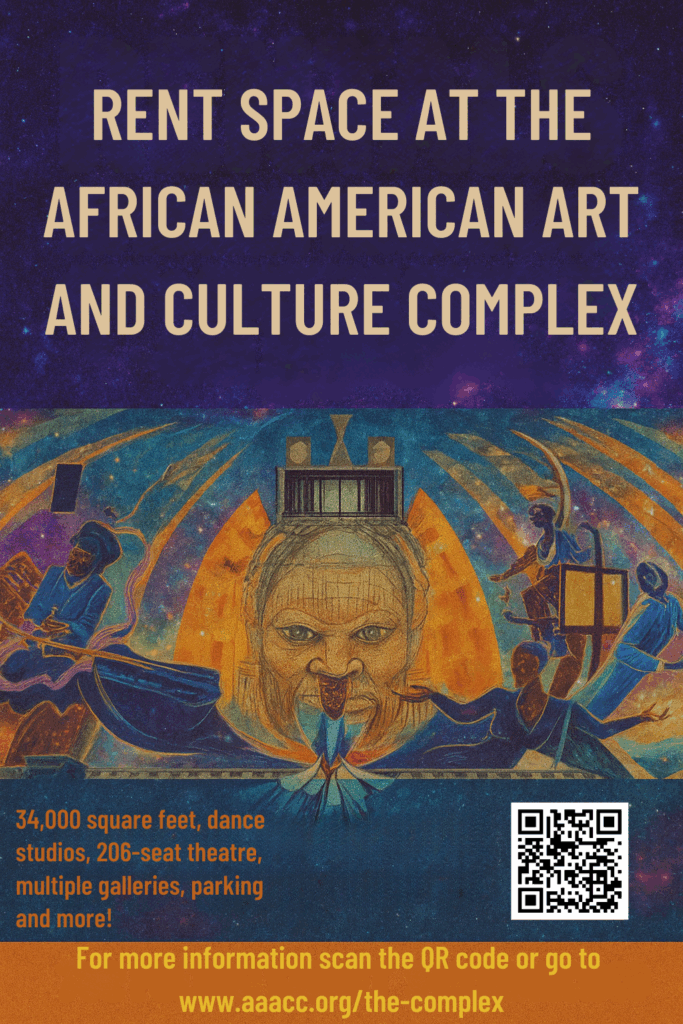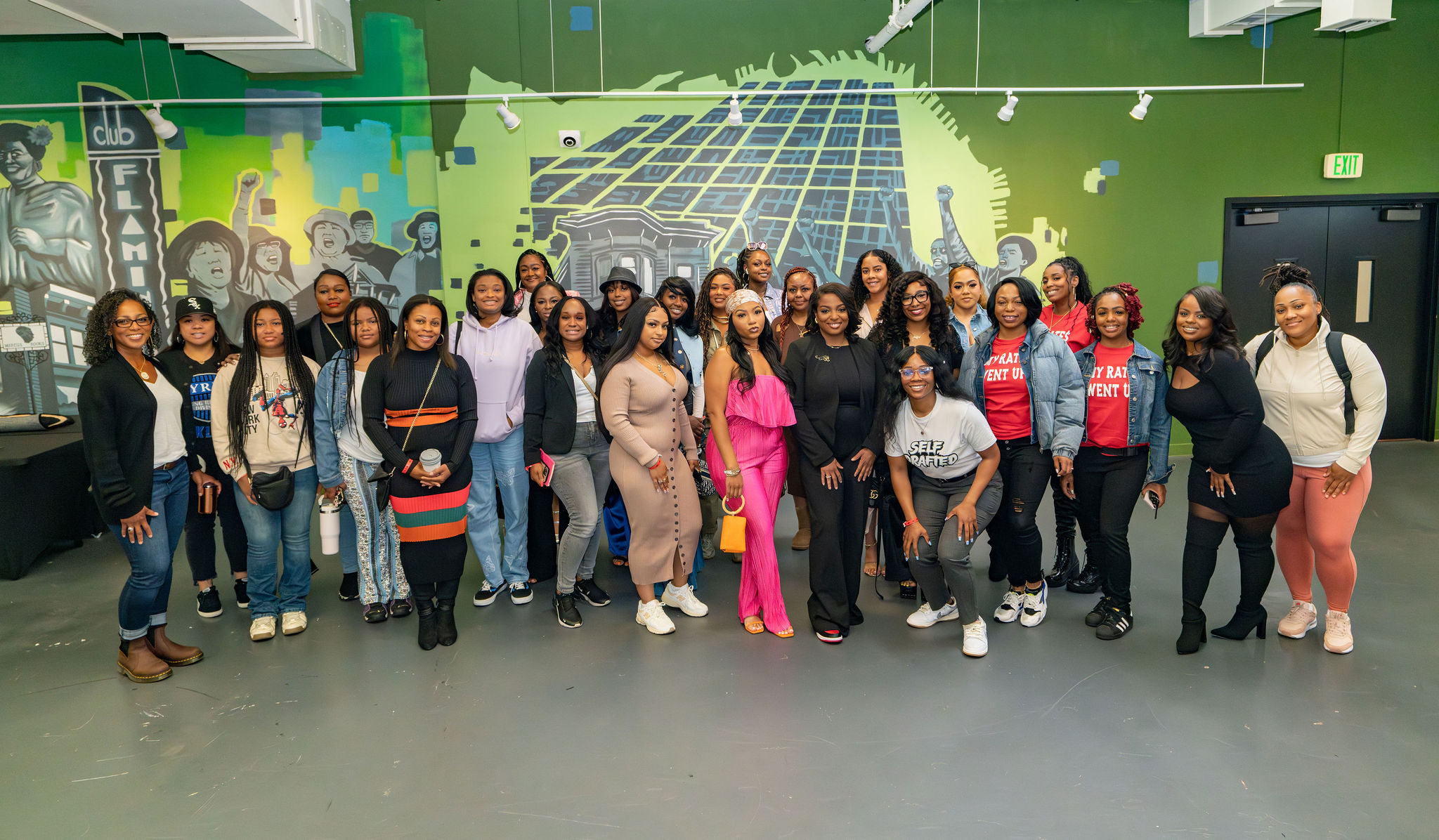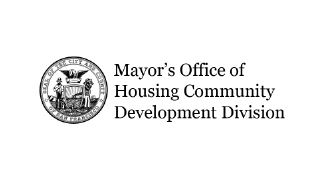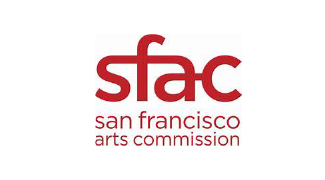See our programs, sign up for our newsletter, or apply for rental space to hold your event
Strategic Partnership Spotlight: Tree of Change
After facilitating 7 dreaming sessions with community members and leaders, Tree of Change practitioners Crystal Mason and Jason Wyman lifted two narrative statements about the AAACC from participants. These statements have become the lens for the AAACC story.
The AAACC is a place to belong.
The AAACC is a hub, home, and holder of Black dreams.
We invite you to join us on this incredibly forward-thinking initiative to establish a home for Black opulence and creating a tangible resource for working with the Black community. Sign up below to find out the latest!
THE CENTER
Located in San Francisco’s historic Fillmore District at the site of the former Acme Brewery, the cultural and community center today houses a 200-seat theater, the Sargent Johnson Gallery, two floors of exhibition spaces, dance studios, recording studios, and multi-use spaces.
















